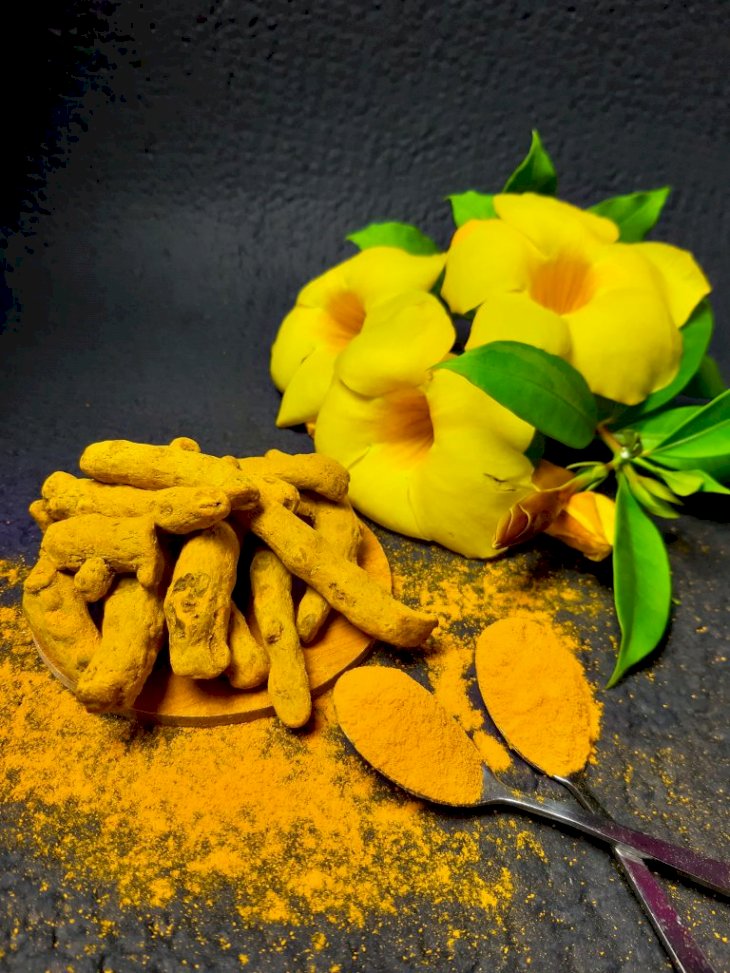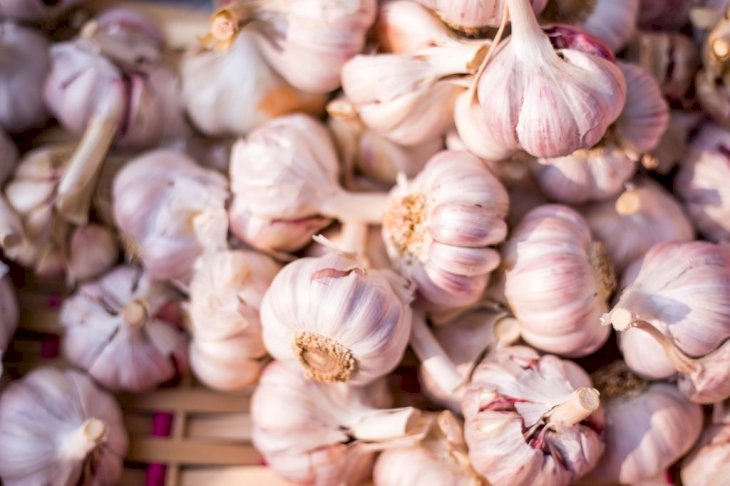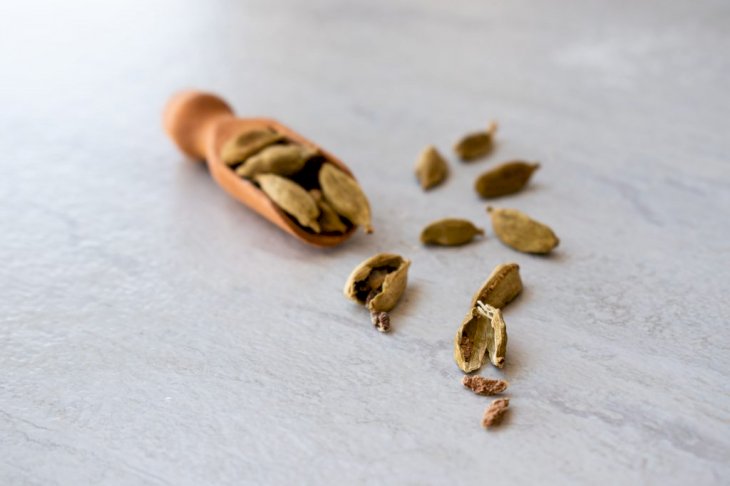
5 Herbs & Spices That Boast Anti-Inflammatory Properties
Do not underestimate the power of herbs and spices. Not only do they add intense flavor to your food, but they also boast powerful anti-inflammatory properties making them a great additive to your overall health.
Inflammation occurs when your body attempts to fight pain and disease. At times inflammation can be severe and last longer than needed, leading to chronic inflammation. Many studies have linked chronic inflammation to illnesses like diabetes and cancer.
Diet is imperative in fighting disease. In this case, you are what you eat. The addition of herbs and spices in your food adds powerful anti-inflammatory properties that will boost your health. Check out these 5 fantastic herbs and spices you can add to your diet right now.
Turmeric

Photo by Tamanna Rumee on Unsplash
This brilliant yellow spice is a popular ingredient in Indian cuisine and a centuries old treatment for colds, wounds, and infections. The spice has over 300 compounds but the main compound is curcumin which studies have linked to reducing inflammation in the body.
Curcumin eases pain. A study on people with osteoarthritis found taking curcumin provided pain relief similar to NSAIDs (non-steroidal anti-inflammatory drugs). Increase the absorption of curcumin with black pepper. You can purchase these spices at your local food store.
Garlic

Photo by team voyas on Unsplash
Famed for its smell, taste, and a popular addition to several cuisines, Garlic is an ancient treatment. The spice has been used to treat arthritis, headaches, infections, and more. The sulfuric compounds behind garlic’s properties are allicin, diallyl disulfide, and S-allylcysteine.
Crush or chop garlic to activate allicin which research shows lowers your chances of getting heart disease. Studies prove regular consumption reduces high cholesterol and high blood pressure. Garlic can also ease arthritis symptoms. Add it to your food for a savory flavor.
Rosemary

Photo by Content Pixie on Unsplash
This fragrant herb native to the Mediterranean, as research suggests, can fight inflammation. Rosemary contains polyphenols like rosmarinic acid and carnosic acid. A study found that drinking a daily tea high in rosmarinic acid improved mobility, reduced stiffness, and pain.
Another study showed a marked improvement in gum disease, asthma, and atopic dermatitis. Rosemary comes in various forms such as dried leaves or dried powders. Consider adding it to your meat dishes or as earlier suggested have a cup of Rosemary tea.
Cinnamon

Photo by Mae Mu on Unsplash
Cinnamon is a sweet spice from the barks of the Cinnamomum family. A popular addition to baked treats, cinnamon is an inexpensive spice. The spice can fight off bacteria and is also packed with antioxidants that protect the body from free radicals that can damage cells.
Cinnamon can reduce swelling. Moreso, due to its sugar-free, low-calorie makeup, it is a great spice for those with diabetes. It may lower blood sugar in those with the disease but it is not a cure. Consumption is suggested at no more than 1 teaspoon (2.5 grams) a day.
Cardamom

Photo by The Matter of Food on Unsplash
Native to southeast Asia, this spice has a sweet and complex flavor. A fall favorite in pumpkin spice mixes, cardamom can soothe an upset stomach. Furthermore, the spice contains anti-inflammatory properties; a study found it increases antioxidant properties.
A study gave 3 grams of cardamom daily to people with prediabetes and Non- alcoholic fatty liver disease over several weeks. Results showed a significant drop in inflammatory markers. Sprinkle the delicious spice in your teas or add them to your curries and stews for flavor.